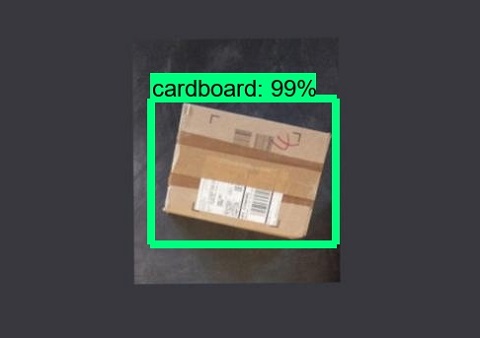
Blog


Computer vision is a branch of artificial intelligence that empowers computers to see and recognize pictures, handling them as human would. Utilizing pictures from cameras and video recordings, deep learning models empower machines to precisely recognize and analyse the items. Challenges in Factories without Computer Vision:- How computer vision is helping in Factories: Computer vision till now has put a significant contribution to the Industrial Manufacturing area, basically by giving automated inspection capacities as a feature of QC systems. Though, the automation world is getting progressively complex. Industry 4.0, the Internet of Things (IoT), Cloud computing, AI-ML and numerous different advancements present users and developers of vision frameworks with great challenges in the determination of the perfect framework for their respective applications.
An Enabling Technology With quick improvements in a wide range of regions, including imaging methods; CMOS sensors; embedded vision; machine and deep learning; robot interfaces; information standards and image processing abilities, computer vision can benefit the manufacturing industry at a wide range of levels. New imaging techniques have given new application openings. For instance, hyper spectral imaging can give data about the chemical configuration of the materials being imaged. Computational imaging permits a progression of pictures to be consolidated in various manners to reveal details that can’t be seen utilizing conventional imaging techniques. Polarization imaging can show stress patterns in materials. Different improvements in machine vision technology lead to upgraded execution, combination, and computerization in the manufacturing industry. The level of integration can run from manual assembly assistance through to finish integration into OEM hardware and on the requesting prerequisites of Industry 4.0 Aiding Manual Assembly There are as yet gigantic quantities of items that are gathered physically and a ‘human assist’ camera can be utilized to help with forestalling blunders in such activities. The administrator adheres to a lot of assembly instructions stacked into the camera and showed on a screen. After each activity the framework looks at the outcome to the right put away picture to guarantee that it has been done accurately and totally before the administrator can proceed onward to the subsequent stage. If an activity is not complete or if a slip-up is made, it is shown to the administrator/operator with the goal that it tends to be adjusted. Each step finished can be confirmed and recorded to give information that can be utilized for assembly work analysis and detect-ability. Adding Vision to the Production Line Utilizing vision inspection on a manufacturing or packaging line is a settled practice. Frameworks go from single-point self-contained smart cameras that do an examination task and convey a pass/fail result to the control framework, to PC-based frameworks that may highlight different cameras and additionally numerous investigation stations. Vision frameworks can be retrofitted to existing lines or structured into new ones. Vision investigation can likewise be utilized related to factual procedure control strategies to check basic estimations as well as to examine patterns in these estimations. Along these lines, intercessions can be made to change the procedure before any out-of- tolerance item is created. This is most likely the nearest forerunner to the prerequisites of Industry 4.0. Vision-guided Robots




